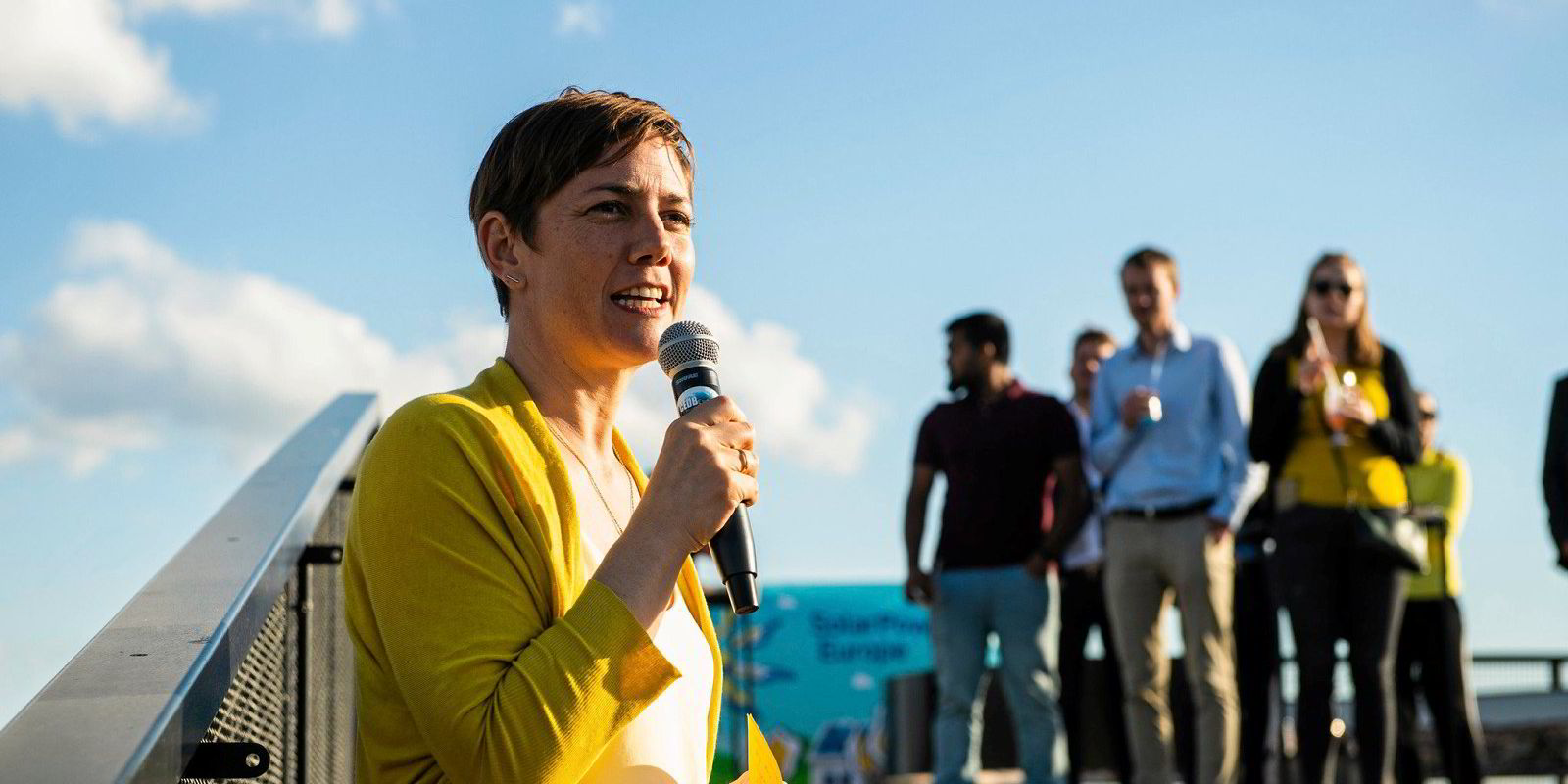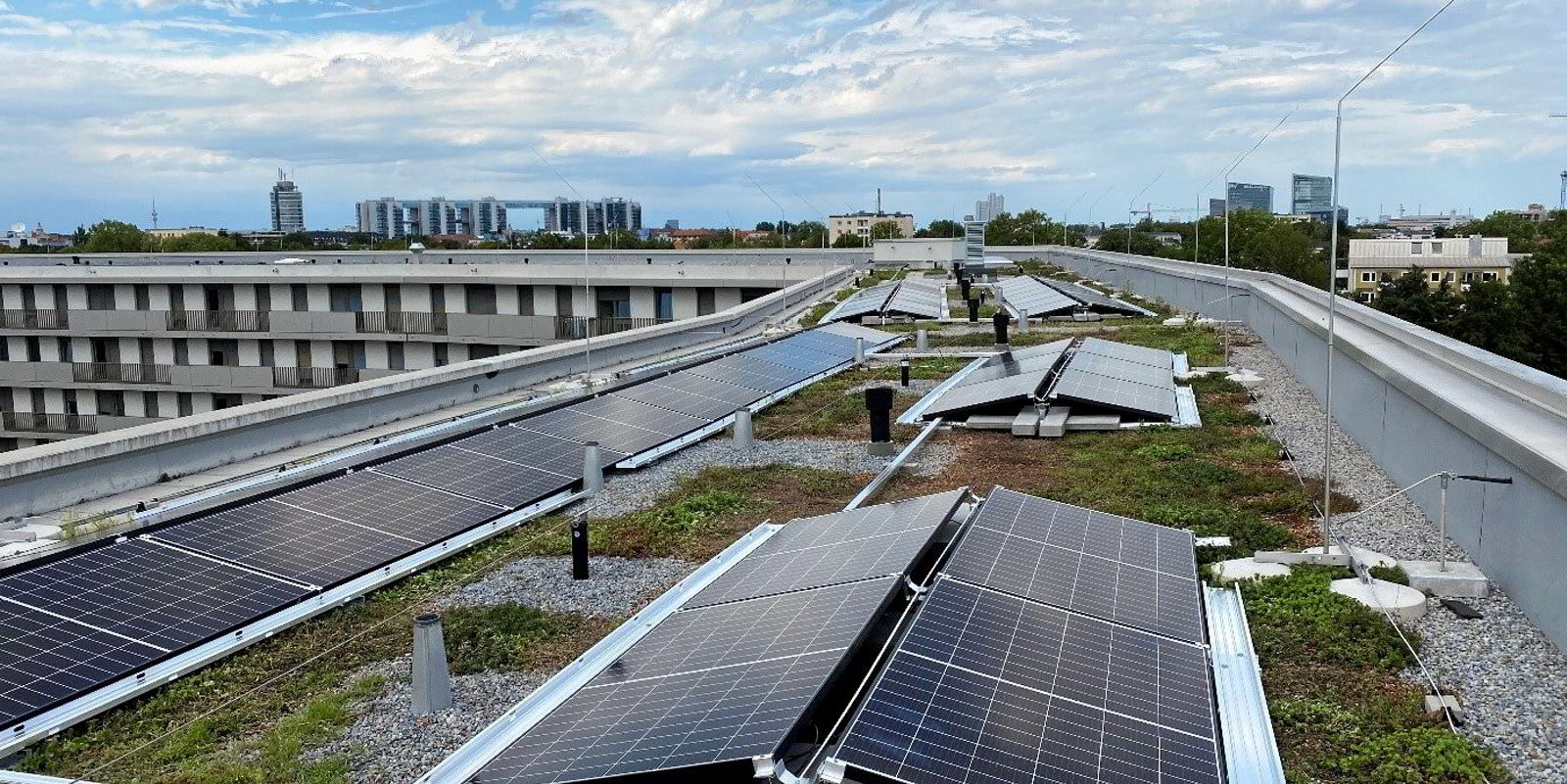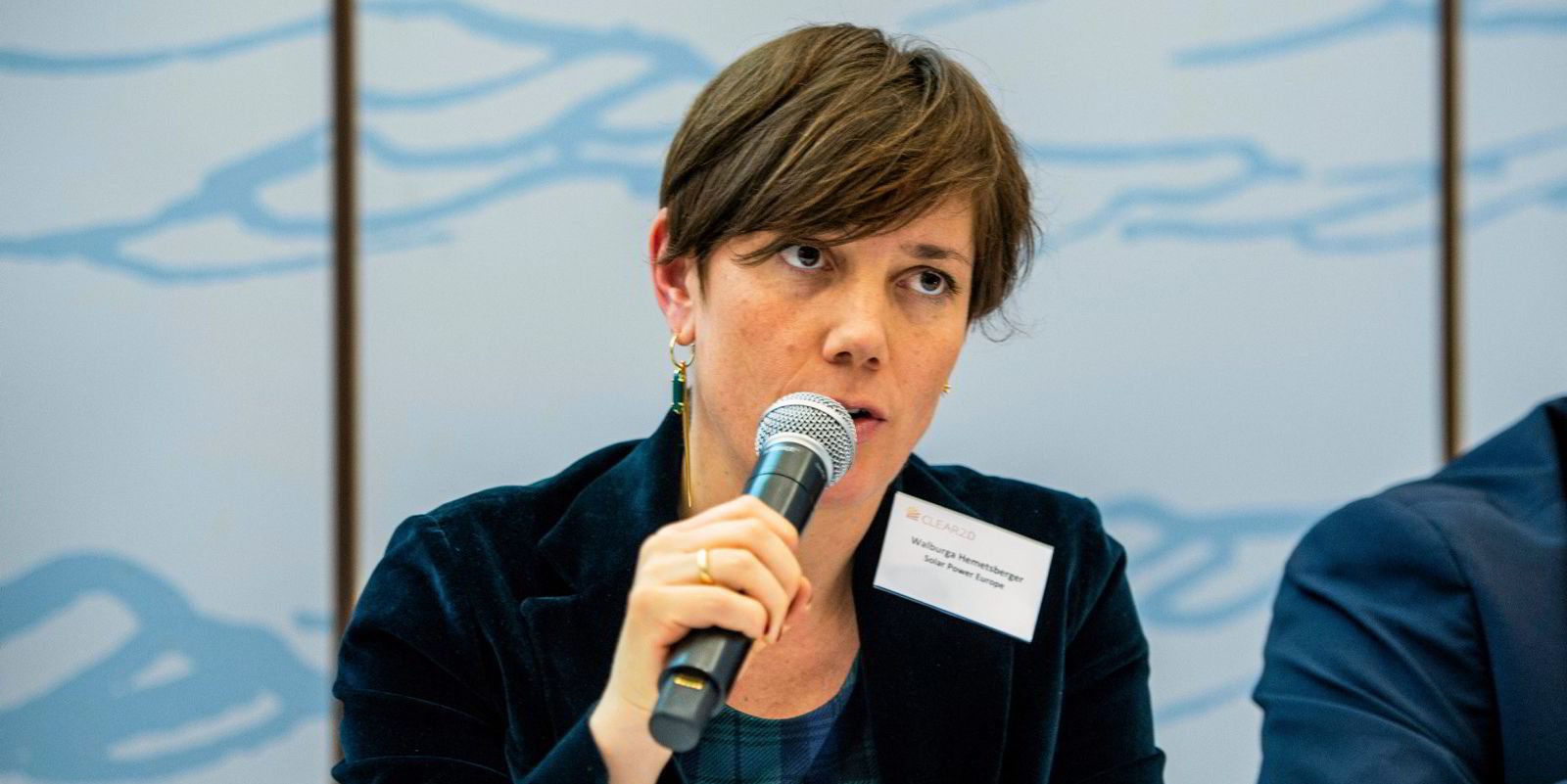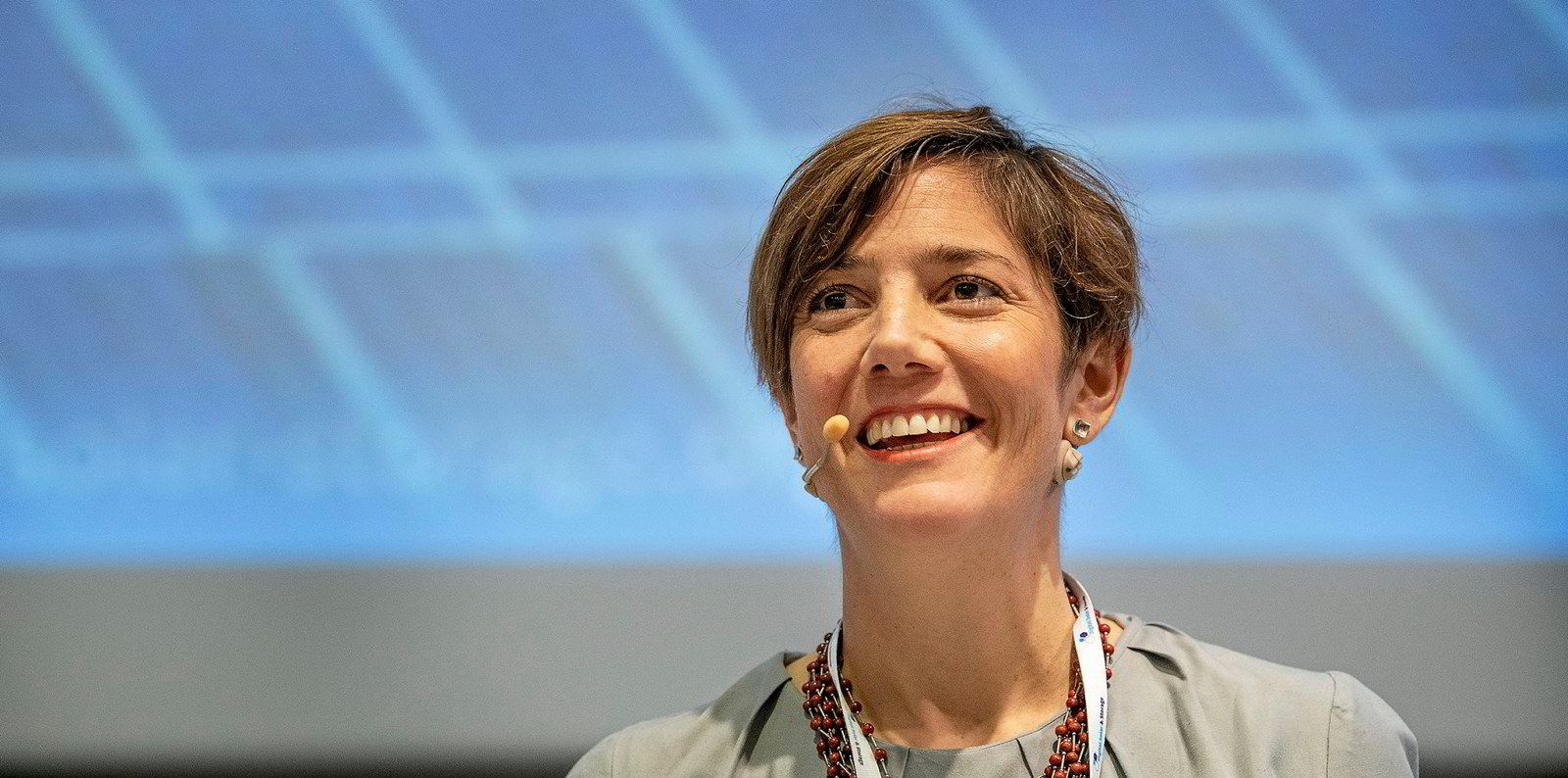Despite supply chain bottlenecks due to the Covid-19 pandemic, solar power installations in 2020 had another record year with 138.2GW installed globally – 18% more than a year earlier – SolarPower Europe said in the latest edition of its Global Market Outlook.
That brought the global cumulative solar capacity to 773.2GW, a 22% increase. It is the first time the solar sector exceeded three quarters of a terawatt in installed capacity.
More than every third power plant unit in the world installed last year came from solar, which reached a 39% global share.
“Solar surprised us yet again by exceeding all expectations to set a new installation record, despite the severe consequences of Covid-19,” said SolarPower Europe chief executive Walburga Hemetsberger.
“Last year, even the most optimistic market analysts were forecasting a market decline, and yet solar proved its resilience and unstoppable growth trajectory by growing 18%”
While current installation figures are impressive, solar still needs to catch up with other technologies if seen in total installed capacity. Even last year’s surge only increased solar’s total power generation share by 0.5 percentage points to around 3.1%, while nearly 70% is still comprised of fossil fuel-powered and nuclear generation.
Competitive solar power
The competitiveness of solar power remained impressive, however, making a continuation of the current boom very likely.
Utility-scale solar now is superior to fossil fuels in all unsubsidised investment cases, which also applies to solar-plus-storage used to meet peak demand compared to gas peakers, SolarPower Europe said, citing recent findings by investment bank Lazard.
How far costs could go down was shown in the second Portuguese auction last year, which reached a record low of $0.0132 per kilowatt hour, some 20% less than in a similar auction in 2019, also in Portugal.
The solar installation surge last year was helped by a 60% jump in additions in China to 48.2GW, overcompensating for losses in India, which was affected by supply chain bottlenecks due to the coronavirus pandemic.
Covid-19 affects supply chain
Covid-19 still was an issue during the first half of this year, pushing costs up for wafer, cell and module manufacturers, primarily due to rising silicon prices because of a supply shortage.
A poll by the Global Solar Council points to an improving industry outlook, however, with 81% of respondents expecting rising sales this year (compared to 72% in 2020).
The good news coming out of this year’s market outlook is that the future looks even brighter for solar, an enthusiastic Hemetsberger said.
“We now expect new annual installed capacities to reach 266GW in 2025 in our medium-ambition scenario.
“To put this into perspective, only six years ago, in 2015, this was the world’s total installed solar power generation fleet.”
The Global Market Outlook forecasts cumulative grid-connected solar power capacities to reach 1.87 terawatt by 2025, according to the most likely scenario (medium growth). Under optimal conditions, the world’s global solar generation capacity could even reach 2.15TW.
Additions this year are expected to grow by another 18% to 163.2GW under the medium scenario – provided that “vaccination levels will make us overcome the pandemic and silicon supply issues will be resolved,” Hemetsberger said.
The surge in solar power installations last year and this year came despite substantial hurdles posed by the virus, for example the challenge to hire new stuff under pandemic conditions, Matthias Taft, chief executive at German developer BayWa r.e. said during a webcast panel discussion on the report.
“We have seen soaring demand and revenues for all products, at a level we have never seen before,” Taft said, but acknowledged that his company had to face “some supply chain topics, port closures, and freight problems.”
“We are still suffering a bit … In our project business it is a bit difficult. It is harder to access sites, or get in touch with authorities.”
While employees are back in the office at headquarters in Munich amid rising vaccination levels in Germany, circumstances are different in some Asian countries, such as Vietnam, which now faces lookdowns due to rising infection levels of Covid-19, Taft said.
Vietnam last year was among the stars in the solar industry, adding a whopping 11.6GW in new capacity, which placed the country third in additions behind China and the US, and ahead of former solar champions such as Australia or Germany.





